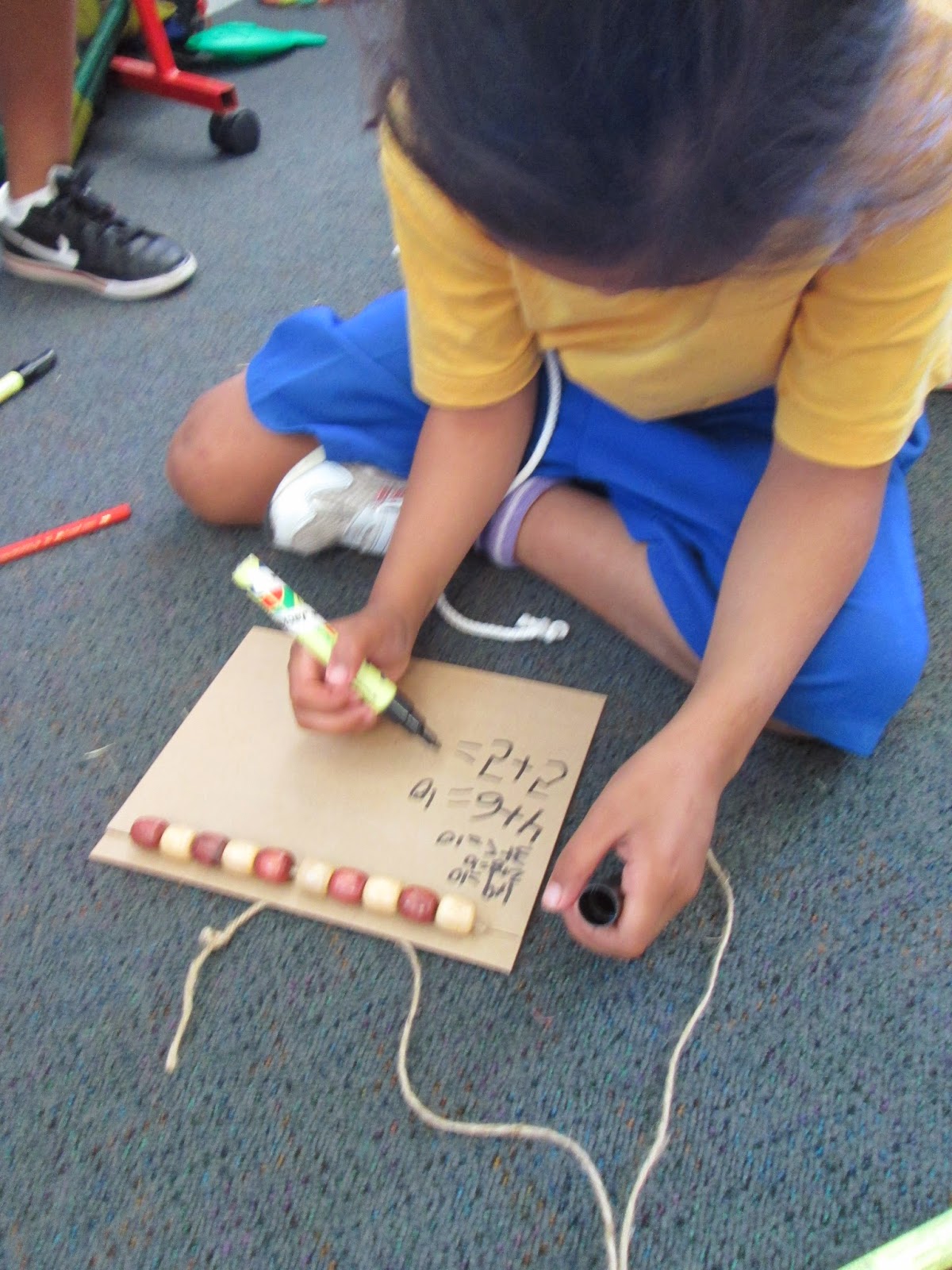We have been reviewing what elements make up an interesting sentence. We use the sentence building tree to make sure we have a very detailed sentence. We start with the main sentence truck our noun group and our verb group. For example The rabbit(who or what) is jumping (the action). Once we have the truck we add branches to allow the sentence to grow. Where was the rabbit hopping and how was it hopping and with who etc. Each writing session is started with the students orally telling a sentence as a group.
As each part of the sentence is added I scribe the sentence so the students can transfer the oral text to the written text.
Once we have completed the task as a whole group we move into smaller groups with the setting decided. In each small group there is a leader who guides each group to construct a sentence of their own.

Once the sentence has been decided the group repeats the whole sentence five times together and then heads back to the tables to write it out. The groups are encouraged to help all of it's members to work as a team and to help anyone who is having difficulty.
Finally the group leaders nominate someone to read the sentence back to group and share any celebrations they have seen.
The children take great pride in the presentation of the writing knowing that they are to share it with the class. It is also nice to note that the teamwork fostered during writing sessions has created new friendships in our class.



































